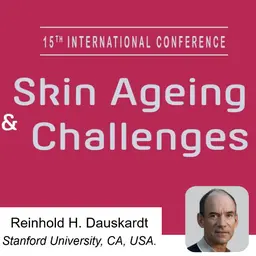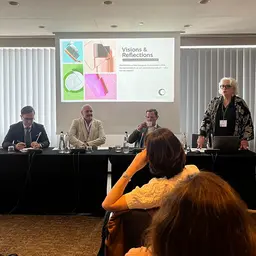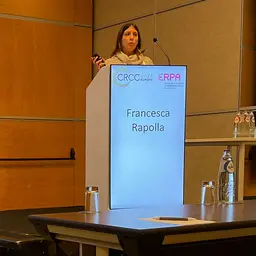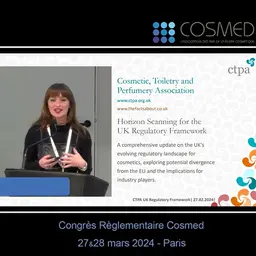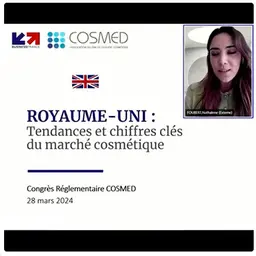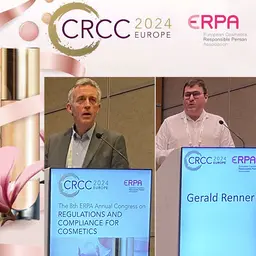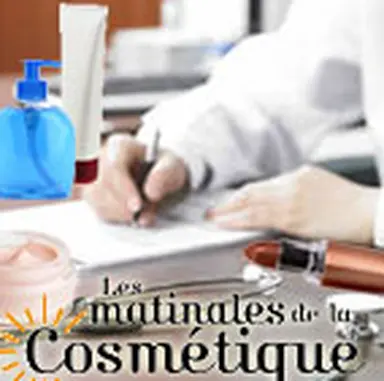
In no way, this is a suggestion to go from a product-on-the-border to a medical device. Obviously, it is important to balance where allegations and claims may go to. Nevertheless, once these two points are over, Dr Christine Lafforgue sees in this theme a real niche market for the cosmetic industry to develop. Yes, some work is needed to learn how to move in this market; but it is worth thinking about at least twice. This was the topic of her conference during the February 2012 Matinales de la Cosmétique (the Breakfast Meetings - Cosmetics), in Paris. Following is a report.
23rd Breakfast Meeting -Cosmetics, organised by Sylvain-Romain Cotte ( SRC Consulting ).
It is trite to tell it, though it is true: our skin is a formidable organ. Thanks to its sensors of aggressions, its protective and defense systems, its metabolic and sensitive functions, its ability to heal itself to maintain its integrity, it is a highly efficient interface with the outside world.
Skin is also the first target of cosmetic care, the surface on which they are applied, the surface on which they act, at least as a first-line treatment. However, the relationship does not end there, by far. Indeed, the fact that our skin is sensitive to many physical parameters allows for far more complex interactions than the cutaneous application of a product may make us think.
A not-only-cosmetic influence
On the one hand, our skin, with its many sensors (2,500/cm² on our fingertips); on the other hand, cosmetics, with their textures, colours, fragrances, active ingredients … these are many messages that our sensors are sensitive to. Several studies have already shown that they are well detected and find their way up to our brain, through the cutaneous neurotransmitters.
There are some unexpected implications.
A first example: a …




